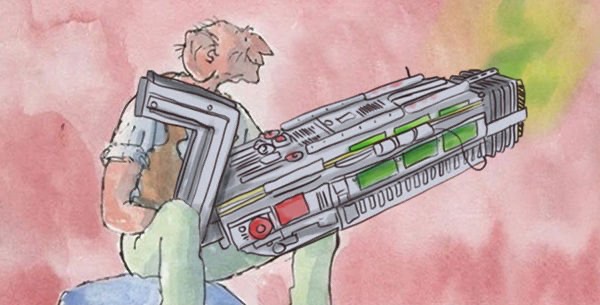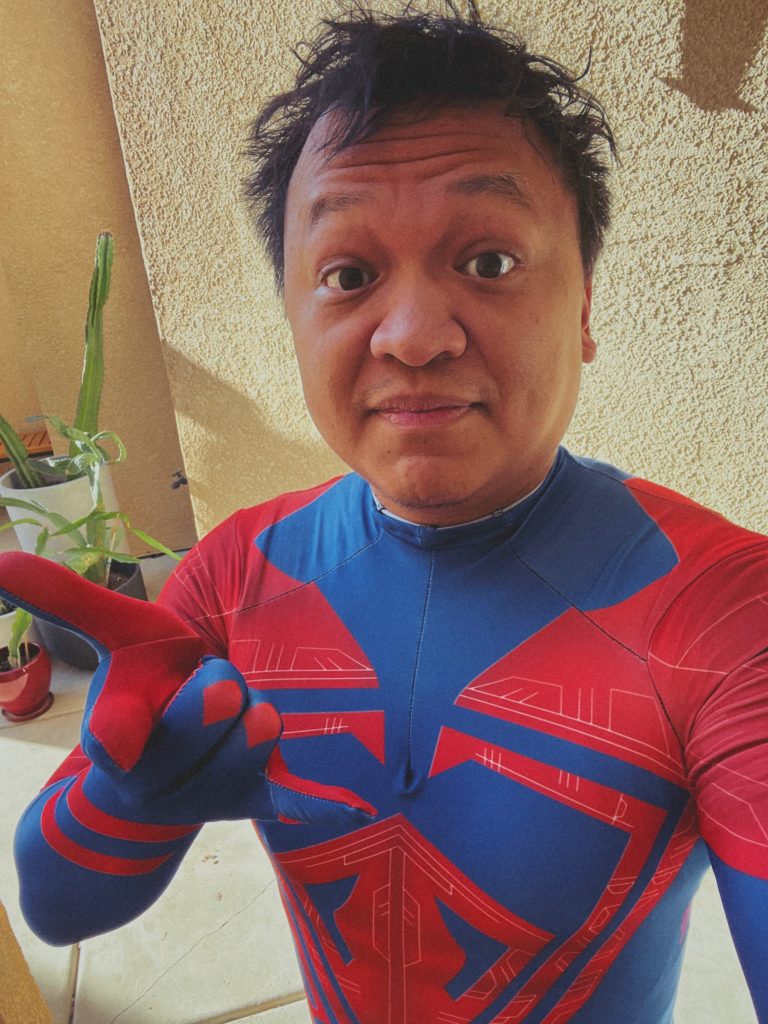I searched \”The BFG-9000 by Roald Dahl\” and was not disappointed.

I searched \”The BFG-9000 by Roald Dahl\” and was not disappointed.

A dream I likely will never fulfill is riding into battle on a whale. *sigh*
I don\’t know how many John Wick movies they\’ll make, but I hope before it\’s over they cast Chow Yung-Fat!
Got to meet my coworker Merrick while I was in Salt Lake City this weekend—went to this delicious Italian restaraunt and spent the evening talking about programming languages and visual development.


I truly admire what Mastodon is doing but it’s the Linux of social networks. Sadly, I don’t think it’ll get wide adoption because of the level of comprehension people need to even sign up and onboard.
I’ve been encouraging people to check out micro.blog instead.
\”Mortal Kombat Legends: Scorpion\’s Revenge\” is AWESOME!
Eight episodes in and I\’ve loved every single moment of Andor. It\’s so refreshing to have a show without space wizards that all are one degree from separation of the same family. Diego Luna all the things!
All I can say is I\’m so glad micro.blog exists!
Dressed as Spider-Man 2099 for our design all hands.

Today marks my three-year anniversary at Webflow. It feels like yesterday when I was returning to work after a short sabbatical after my tenure at One Medical. My desire was to take a longer sabbatical to explore what a “Product Me Fit” would look like. I didn’t want any product and design role, but one where I would love the product’s mission the the people working towards it. In all the best ways possible, Webflow cut the sabbatical short, and I found a place with purpose and intention.
In my 20s, I explored a lot of different jobs and roles, as I think one should. Aside from starting my own product studio and running that for five years with my co-founder, I was never at a company for longer than two years. I’m now in a different arc of my career odyssey, and find myself at two companies for the last seven years: One Medical and Webflow—a stark contrast of my early career.
Approaching the forth year at a company might have felt closer to the end in the early arc of my career, but now it feels like the beginning. A mentor of mine once told me that as a leader, it takes year-over-year effort to see the desired outcomes of your work come to fruition, and I see what she means. The senior designers on my team at One Medical are now Staff Product Designers or Product Design Managers either still at the company or at new opportunities. Products I thought that would never see the light of day have now shipped.
I would be lying if I told you there were no hard moments. Hyper-growth is hard and there are many lessons I learned that required taking a hard look in the mirror and facing reality. Our team comprises of 25+ incredible Product Designers and Content Designers, almost twice the size of the team of Product Design, Brand Design, and User Research that I started in the first year.
I’m grateful to work with all the incredibly talented people here—current team members and alumni. You all are such a joy and the reason I am bullish that Webflow’s Product Design org can become the team of the decade with the most thriving alumni group.